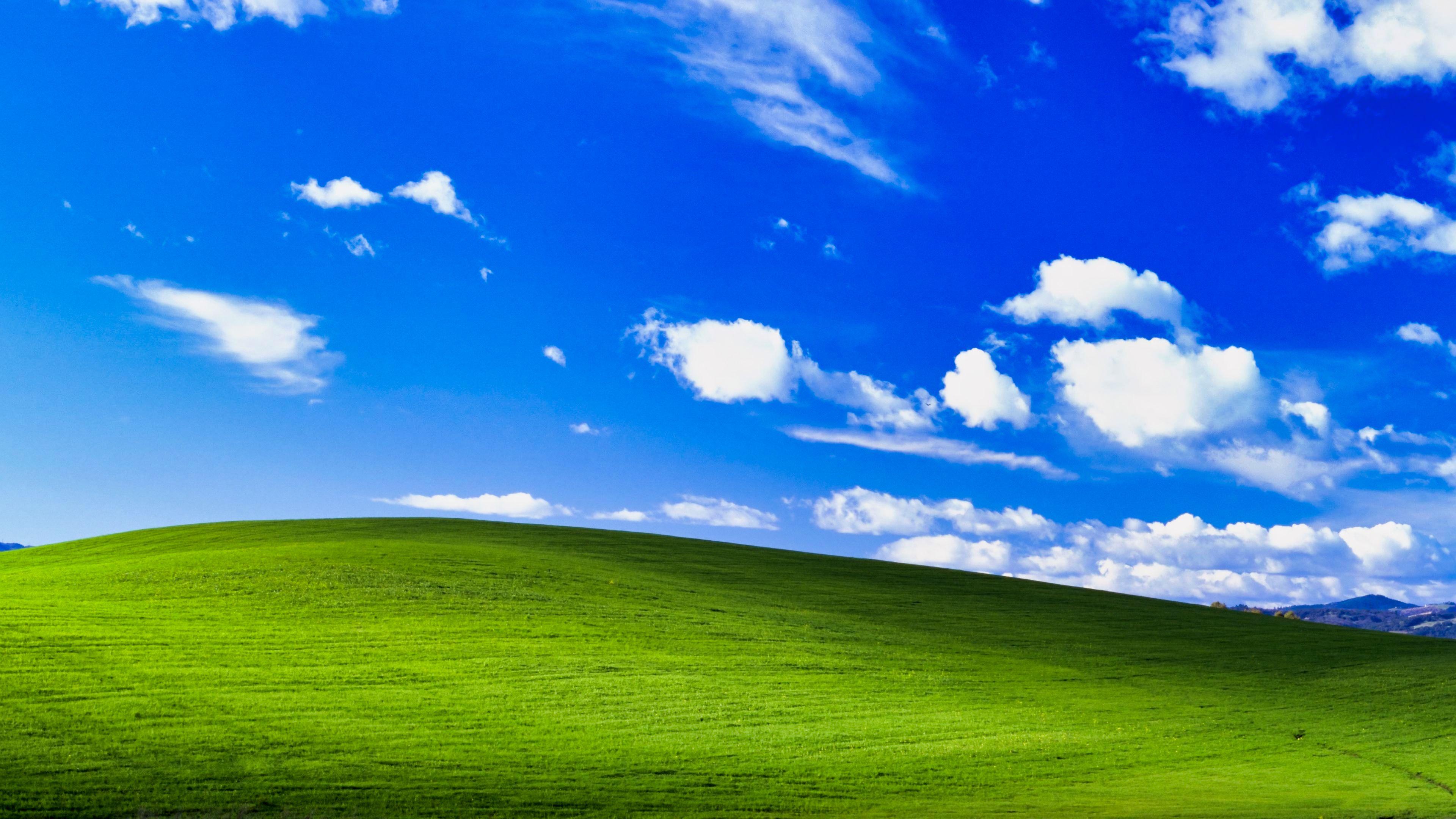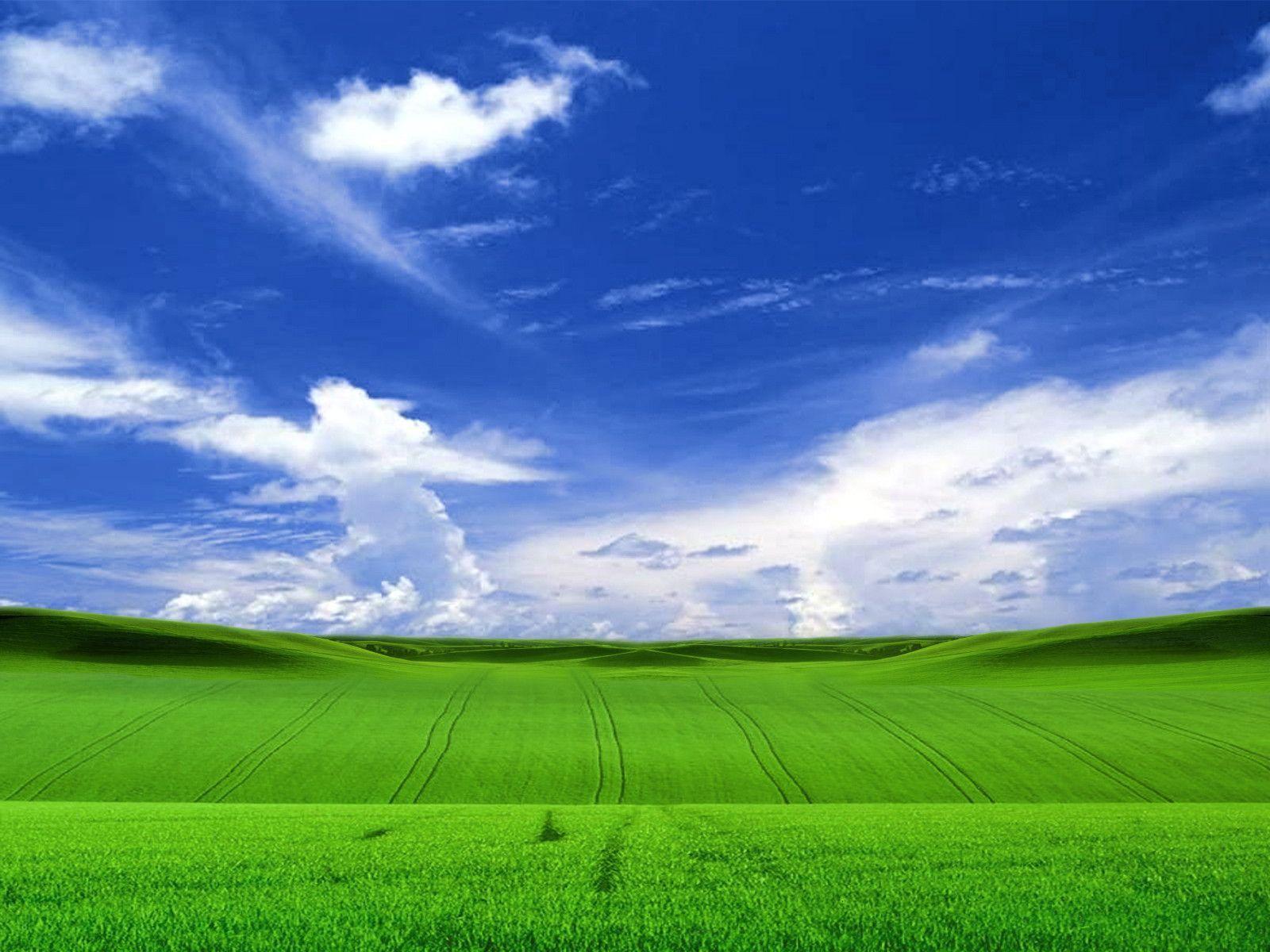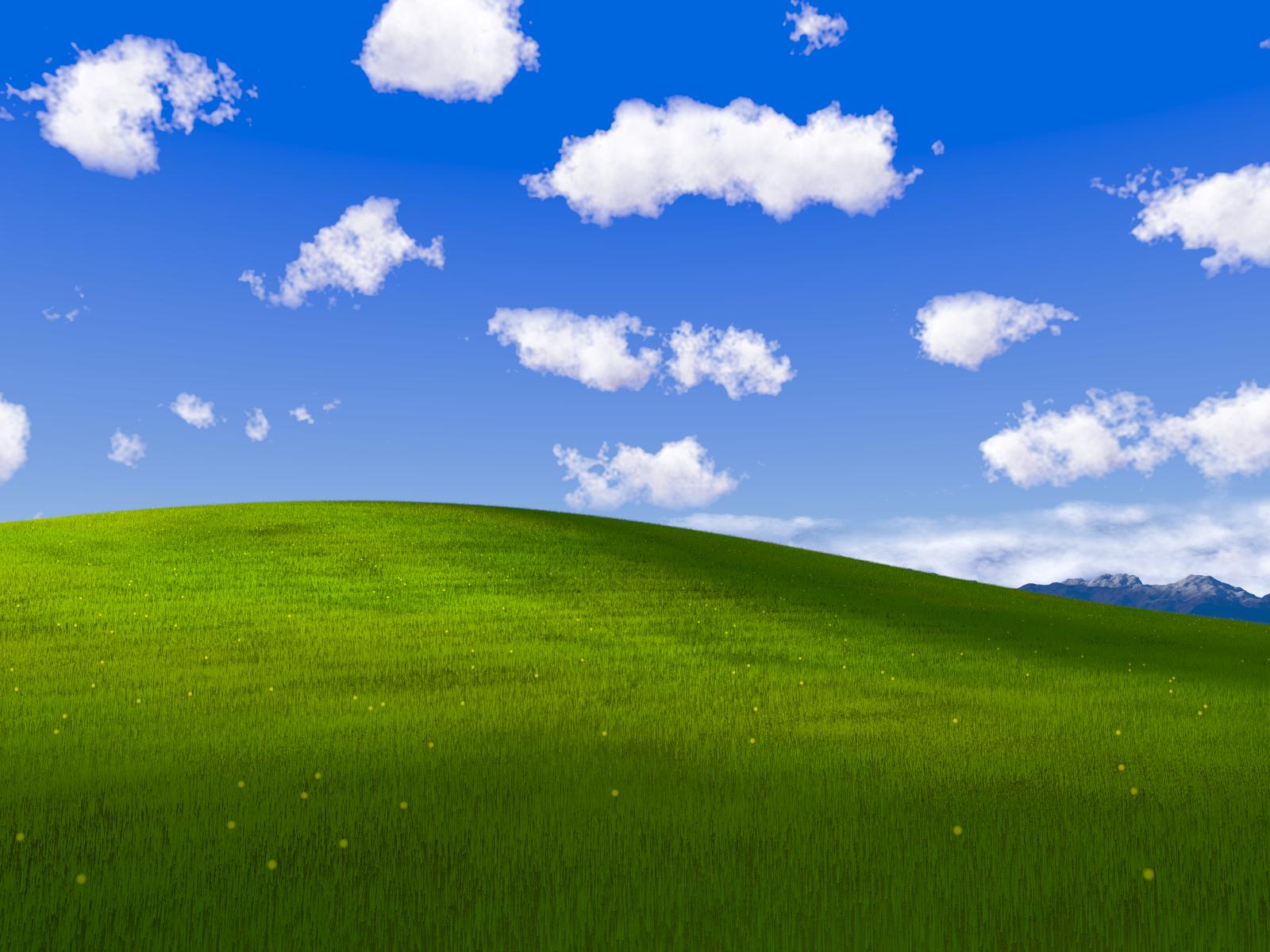Popular Wallpaper Themes: Windows Xp Wallpaper

Windows XP, released in 2001, introduced a visually appealing desktop experience with a wide range of wallpaper themes that resonated with users. These themes reflected the aesthetics and cultural preferences of the early 2000s, capturing the imagination and personalizing the digital spaces of millions worldwide.
The popularity of nature scenes as wallpaper themes stemmed from the desire for tranquility and connection with the outdoors. Abstract designs, with their vibrant colors and geometric patterns, offered a visually stimulating and modern aesthetic. Celebrity images, particularly those of popular actors, musicians, and athletes, appealed to fans seeking to express their admiration and establish a personal connection with their idols.
Artistic Styles and Techniques

Windows xp wallpaper – The wallpapers of Windows XP showcase a diverse range of artistic styles and techniques, reflecting the evolving landscape of contemporary art and graphic design. From the serene landscapes of “Bliss” to the vibrant abstract patterns of “Aurora,” each wallpaper embodies a unique visual aesthetic.
Use of Color, Composition, and Texture
The wallpapers of Windows XP employ a sophisticated use of color, composition, and texture to create visually striking and memorable images. The vibrant blues and greens of “Bliss” evoke a sense of tranquility, while the contrasting hues of “Aurora” create a dynamic and energetic effect. The wallpapers also utilize a variety of compositional techniques, such as the rule of thirds and the use of leading lines, to guide the viewer’s eye and create a sense of depth and perspective.
Influence of Contemporary Art Movements and Graphic Design Trends
The artistic styles and techniques used in Windows XP wallpapers were influenced by a range of contemporary art movements and graphic design trends. The serene landscapes of “Bliss” recall the Romantic era of painting, while the abstract patterns of “Aurora” reflect the influence of modernism and the Bauhaus movement. The wallpapers also incorporate elements of contemporary graphic design, such as the use of flat colors and geometric shapes.
Historical and Cultural Context

The release of Windows XP in 2001 marked a significant milestone in the history of personal computing. It was the first operating system from Microsoft to feature a visually appealing and user-friendly interface, and its wallpapers played a crucial role in shaping its overall aesthetic.
The historical context surrounding the release of Windows XP was one of rapid technological advancement. The early 2000s saw the widespread adoption of personal computers and the internet, and Windows XP was designed to be a platform that could keep pace with these changes. The operating system’s wallpapers reflected this sense of progress, featuring images of sleek, modern technology and futuristic landscapes.
Cultural Significance, Windows xp wallpaper
Windows XP quickly became a cultural phenomenon. It was the operating system of choice for millions of people around the world, and its wallpapers became iconic images of the early 2000s. The wallpapers were featured in countless magazines, websites, and television shows, and they helped to shape the digital landscape of the era.
The wallpapers also reflected the cultural values of the time. They were optimistic and aspirational, reflecting a belief in the power of technology to improve people’s lives. The images of rolling hills, blue skies, and sparkling water evoked a sense of peace and tranquility, which was in keeping with the post-9/11 mood of the country.
Technological Advancements
The wallpapers for Windows XP were also a showcase for the latest technological advancements. The images were created using high-resolution photography and digital painting, and they featured realistic textures and lighting effects. The wallpapers were also designed to be scalable, so they could be used on a variety of different monitors.
The use of advanced technology in the wallpapers helped to create a sense of immersion and realism. The images were so detailed that they seemed to come to life, and they helped to create a more engaging and enjoyable user experience.